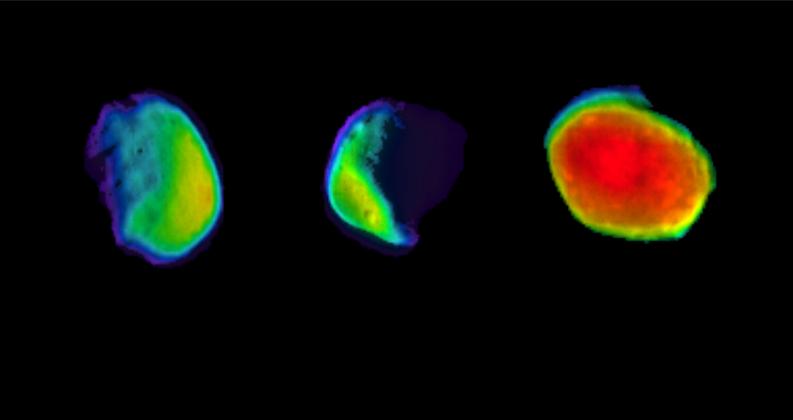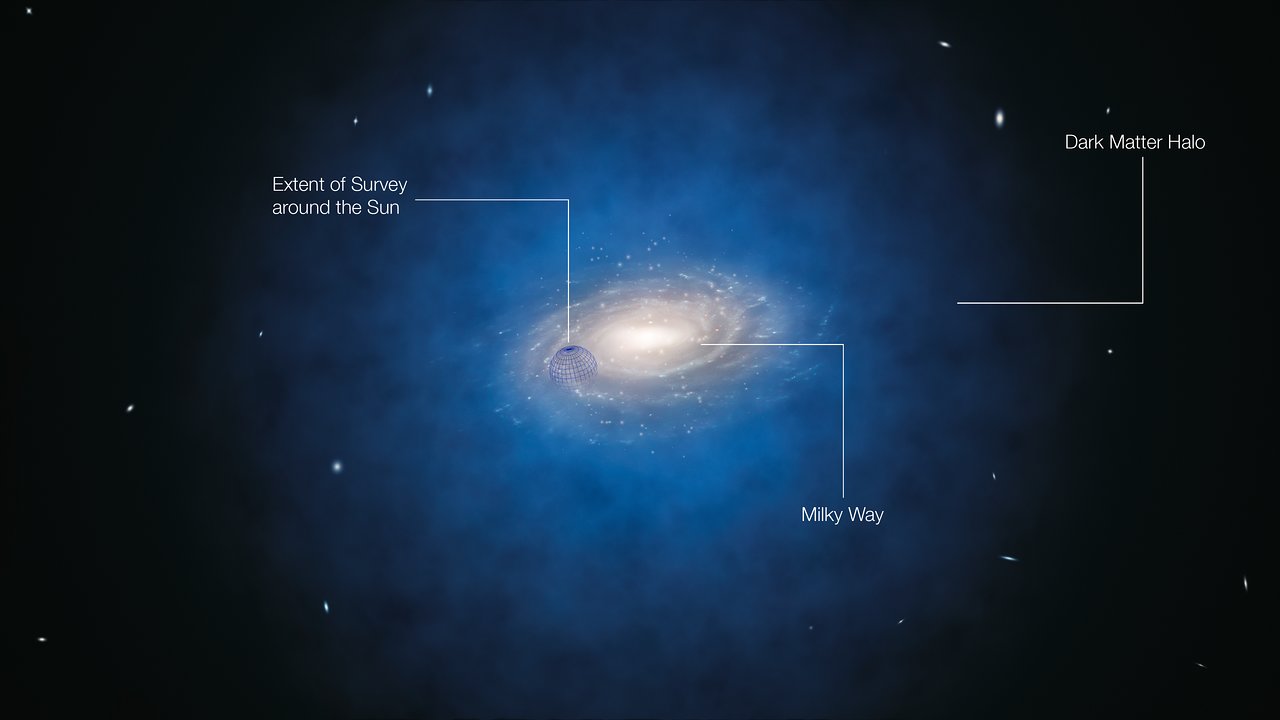
In preparation for tonight’s premiere of Cosmos: A Spacetime Odyssey, I thought I would provide a brief critique of some of the show’s visuals. (The California Academy of Sciences hosted a sneak preview of the first episode of the new Cosmos television series this past Tuesday, so I had a chance to assemble my list of nitpicks.) Think of this as a viewing guide! Follow along and look for your own visual errors in tonight’s episode!
Don’t get me wrong: the new Cosmos will do a lot of good, I have no doubt. Fox has promoted the hell out of the show, and it’s great to think that a science-oriented show can potentially capture an enormous global audience. Kudos to the whole Cosmos team for that! I personally hold Sagan’s original series—and accompanying book—in such high regard that I don’t think I will muster the same appreciation for Tyson’s sequel, but that’s not the point of this post…
I figure if Neil can assail Gravity for its science flaws, the debut episode for Cosmos should similarly be up for grabs. I noticed many problems with the depiction of certain cosmic phenomena, and pointing such things out, well, that’s what I do. (Although I have a couple positive comments, too!)
To begin with, two of my colleagues noticed a galaxy apparently rotating backward in the show’s credits. I missed that, but I trust their eyes, so I’ll include it in the list.
The first sequence that offended my nitpicky sensibilities was the asteroid belt, crowded with chunks of CG rocks that looked more like the chase sequence in The Empire Strikes Back than the true asteroid belt, which is far more sparsely populated than the Millennium Falcon’s fancy flying would suggest. We have actual images and three-dimensional models of many such objects, and it should have been trivial to include real data and to show densities more reflective of reality. I recognize that this might have “lacked drama” from the perspective of a director or producer, but I think artists could have managed the challenge.
(Positive comment alert!) Jupiter’s Great Red Spot looked… Well, great!
The scale height of Saturn’s rings—as well as the size of objects in the rings—seemed off compared to the established scale of the Spaceship of the Imagination. It went by kinda fast, but I think the particle sizes were too small and the rings too thick. Again, I think the producers could have constructed the shot in a way that was both accurate and visually engaging.
As we move pass Neptune, we encounter another clump of CG rocks, this time representing Trans-Neptunian Objects (TNOs). This offended my sensibilities even more than the trite asteroid belt representation, mostly because the distribution of TNOs is even more sparse than the asteroids! C’mon, people, this is a science show, not Star Wars.
(Moving out of the Solar System, we encounter a so-called rogue planet. Coincidentally, the Academy had just hosted a lecture about rogue planets by Jackie Faherty the night before the Cosmos premiere. Let’s just say her research does not support the characterization of rogue planets depicted in the series.)
The Milky Way galaxy model looked pretty good, honestly. It seemed to be based on Robert Hurt’s now-famous image, but the volumetric treatment struck me as relatively well executed, although it’s interesting to note that Neil’s employer produced a new planetarium show that features a gorgeous data-driven galaxy model. That would probably be overkill given the 1,500 effects shots in Cosmos, so I will simply recognize a job quite well done with the Milky Way.
Nearby galaxies were shown dramatically enlarged, making intergalactic space seem far too crowded. Plenty of reputable planetarium professionals do the same, and this just happens to be a hobbyhorse of mine: probably a losing battle, but I’d rather see objects in the Universe depicted to their correct scale.
The Big Bang visuals (sunglasses, big explosion, boom) almost deserve no comment for their lack of originality, but let’s just say I’m so tired of addressing public confusions about the Big Bang that I must bemoan the lack of effort on the producers’ part to do a better job. (As one colleague texted me, “So it looks like they made the Big Bang explode from a single point into an empty universe. Unhappy.”) This kind of illustration reinforces misconceptions unnecessarily, and I wish they would have created a more compelling representation.
Without a doubt, the way they chose to show the large-scale structure of the Universe pissed me off the most. There are no shortage of beautiful visualizations from a variety of research groups—e.g., KIPAC, UCSC, NCSA—any one of whom would have offered their work for a song, I’m guessing. In fact, sitting in the Academy’s audience Tuesday night, we had a researcher whose team created visualizations for the aforementioned AMNH production, Dark Universe, and he could have created a kick-ass visualization for the large-scale structure! Instead, the Cosmos team created a procedural CG representation that, frankly, looks nothing like the large-scale structure as we know it.
A sequence depicting the first stars in the Universe troubled me, too, for the same reasons—another missed opportunity! The same audience-member researcher has created remarkable visualizations of the formation of the first stars: it would have been great to see some of those in Cosmos.
That list only captures what I can recall from Tuesday’s presentation, so there could be a lot more to talk about! But I thought I would offer up my initial reactions.
Before signing off, I have one non-visualization observation…
Giordano Bruno is not a science hero! He gets a lot of air time in the first episode of Cosmos, and he doesn’t deserve it. Yes, he supported Copernicus, and for various philosophical and non-scientific reasons, he also believed in the surprisingly modern-sounding idea of an infinite universe (although the idea didn’t originate with him, as the Cosmos episode suggests), and yes, he met a horrible fate at the hands of the Inquisition. But the latter doesn’t necessarily follow from the former! Bruno was a notoriously difficult man who held a wide variety of heretical viewpoints from the perspective of the Catholic Church at the time: to pin his execution on his cosmological ideas is ill-founded at best, deceptive at worst. My favorite book on Bruno is Michael White’s The Pope and the Heretic, but there’s also a great, lengthy article about him available from the National Library of Medicine, of all places…
At any rate, I hope everyone enjoys tonight’s episode of Cosmos. I simply encourage you to keep a critical mind tuned to everything you’re seeing. Sagan wouldn’t have wanted it any other way.
Addendum, 11 March 2014
Just a quick note that the credit sequence posted online clearly shows that my colleagues have sharp eyes: the galaxy at 0:30 is indeed rotating backward. And yes, we know of at least one spiral galaxy that rotates backward, but I still count the credit sequence as an error… In fact, I don’t understand it as an aesthetic choice either.
Also, on the history of science front, Discover blogger Corey S. Powell expresses his views on Bruno far more eloquently than I, and he offers up an alternative hero: Thomas Digges, who advocated for a Copernican system embedded in an infinite universe based on non-theistic arguments. I thought about mentioning Digges, actually, but avoided the digression. So much for not seeming like an imitator. Digges created the first known illustration of the Solar System not embedded inside a sphere of stars but rather inside a scattering of stars suggestive of an infinite universe. Beautiful!
Addendum, 14 March 2014
Powell posted a rebuttal from Steve Soter, co-writer of Cosmos and all-around bright guy. I find his arguments unpersuasive, but evidently, there’s more to come!








